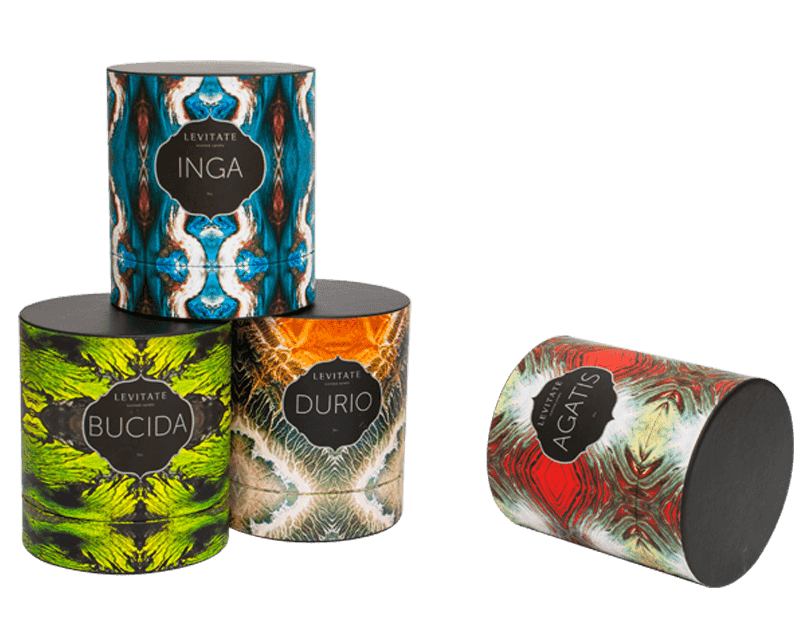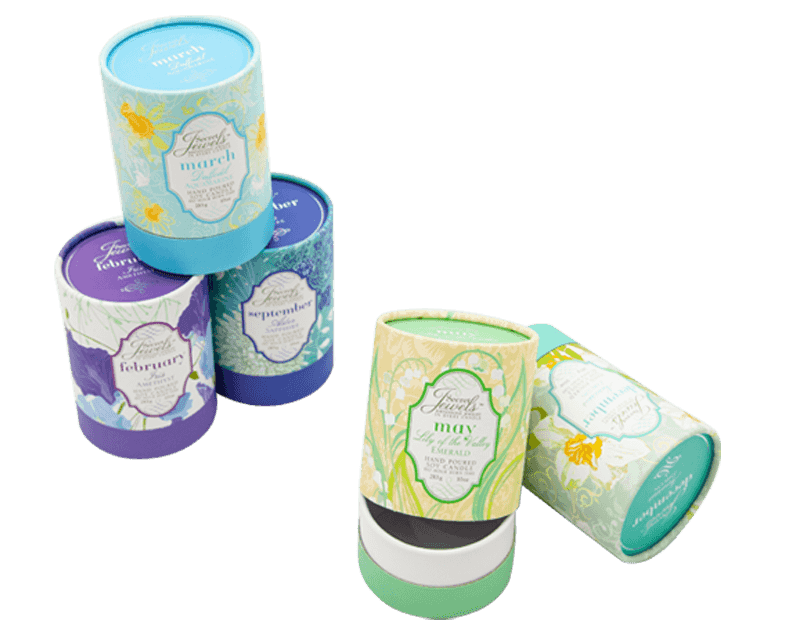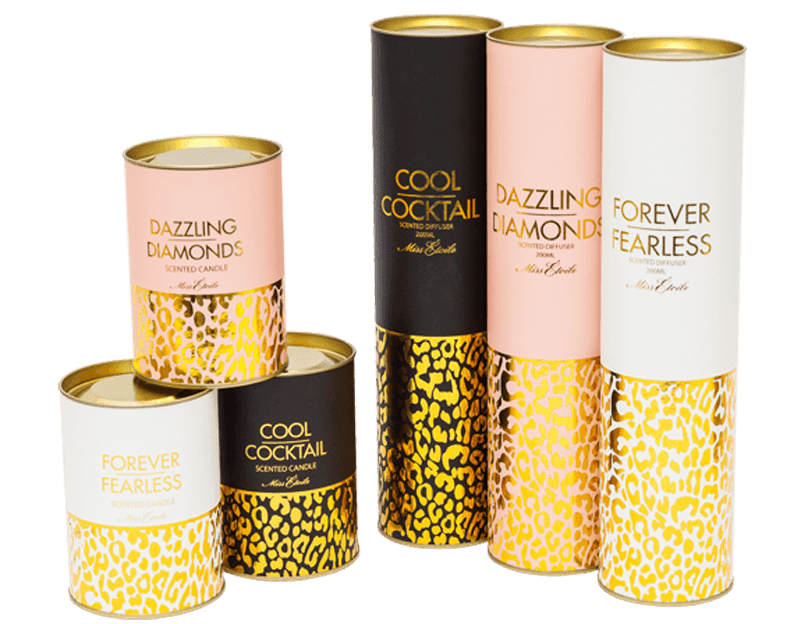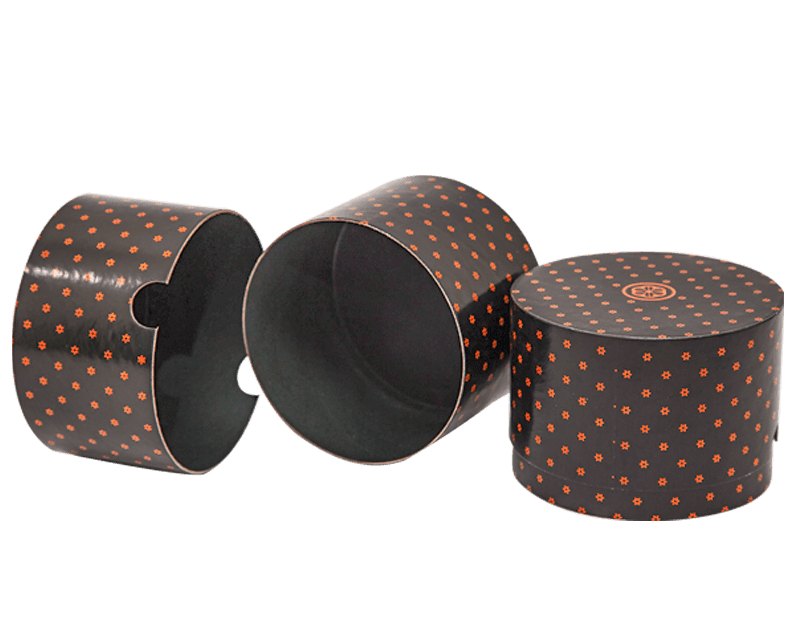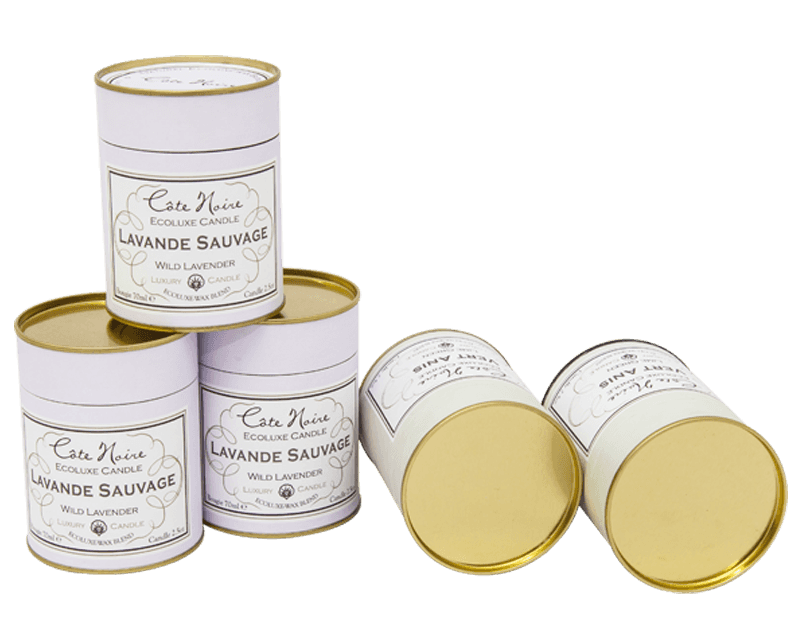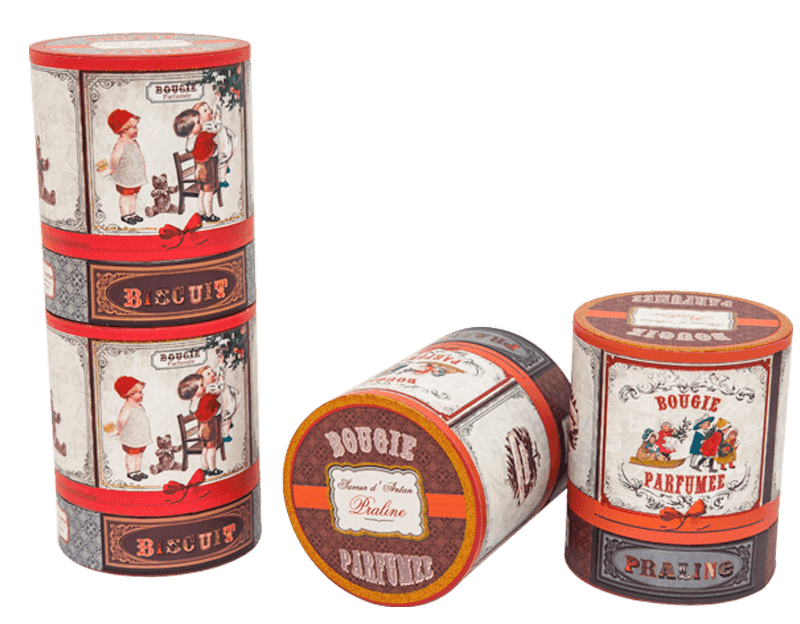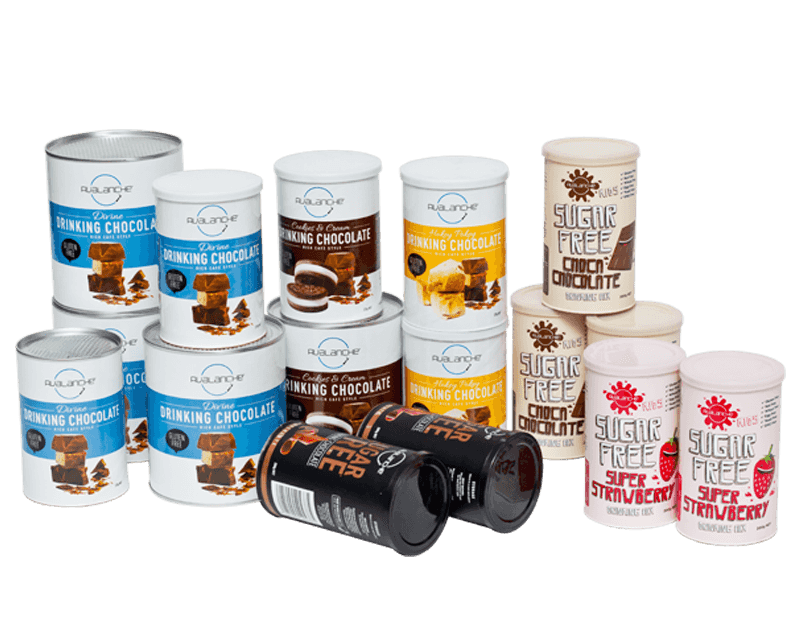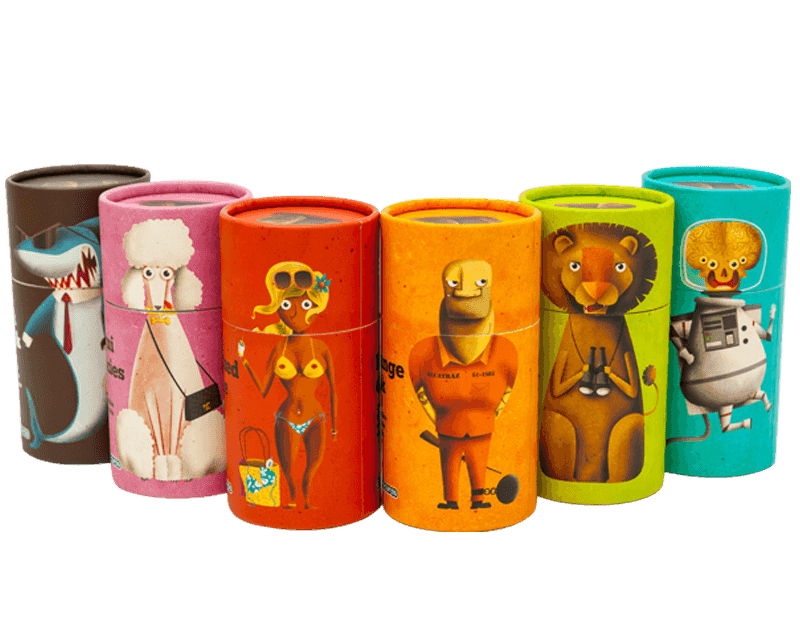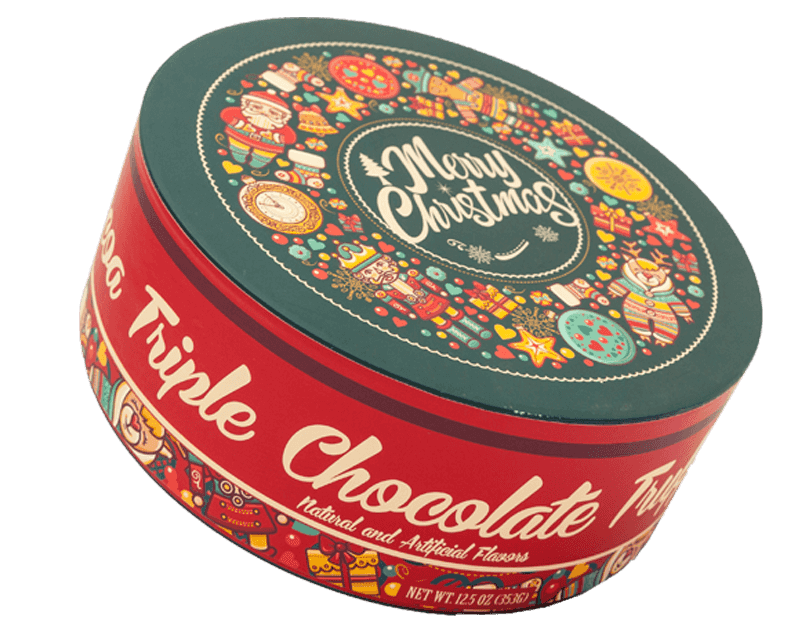As one of the top China cardboard tube packaging manufacturers and paper tube packaging suppliers, we devote all of our efforts to research and launch more high quality packaging products to global market.
The global push for sustainable packaging has thrust innovative materials and designs into the spotlight, none more versatile and increasingly popular than the Airtight Paper Canister. By combining the eco-friendly attributes of paperboard with advanced barrier technology, this cylindrical format has become a go-to solution for brands seeking to balance product preservation with environmental responsibility.
To truly understand its utility, a close examination of the products for which it is most effective, and those it is fundamentally unsuited for, is essential.
Optimal Applications: Where Airtight Paper Canisters Excel
The defining feature of a modern paper canister is its “composite” structure. While the exterior is recyclable paperboard, the interior typically includes a thin food-grade lining (often aluminum foil, metallized film, or a plant-based barrier) and a secure closure—such as a peel-off membrane and a resealable plastic or metal lid. This robust, multi-layer construction is what provides the necessary barrier properties, making it an excellent primary packaging choice for moisture-sensitive and aromatic dry goods.
1. Coffee, Tea, and Aromatic Dry Goods
This is arguably the canister’s strongest category. Products like coffee beans, ground coffee, and loose-leaf tea require protection from oxygen, moisture, and light to preserve their delicate flavor and aroma profiles. The composite construction of the Airtight Paper Canister provides a high-level barrier against these elements. The resealable lid ensures ongoing freshness after the initial opening, a crucial factor for consumers who use these products over time.
2. Powdered Supplements and Dry Mixes
Protein powders, powdered supplements, cocoa powder, drink mixes, and dry baking ingredients are susceptible to clumping and degradation from moisture. The paper canister’s sealed, moisture-proof liner is highly effective in maintaining the dry, free-flowing nature of these fine powders, offering a sturdy, premium alternative to traditional plastic tubs.
3. Spices and Seasonings
For high-value, aromatic items like gourmet spices and seasonings, the canister’s ability to lock in volatile essential oils is a significant advantage. Its rigid structure prevents crushing, and the attractive, customizable exterior provides a superior surface for branding and high-quality graphics compared to pouches or glass jars.
4. Nuts, Snacks, and Dried Fruits
Roasted nuts, cereals, oats, and dried fruits require protection from air and moisture to maintain their crunch and prevent spoilage. The airtight closure extends the shelf life of these dry snacks, and the rigid paperboard provides excellent protection against breakage during shipping and handling.
5. Non-Food Dry Goods
Beyond food, the paper canister is a perfect fit for items that need structural protection and a quality presentation, such as cosmetic powders, solid deodorant sticks, candles, and various tablets or capsules.
Unsuitable Contents: The Limitations of Paper-Based Packaging
Despite its advanced composite structure, the Airtight Paper Canister has inherent material limitations that make it unsuitable for certain product categories, primarily those defined by extreme moisture or temperature requirements.
1. Liquids and High-Moisture Contents
While the inner liner provides excellent moisture resistance, a paper-based container is generally not engineered to handle sustained liquid pressure or products with a very high moisture content. Packaging juices, milk, pure water, or oils typically requires specialized, multilayer cartons (like Tetra-Paks) or traditional plastic/glass containers that are completely impermeable and structurally designed for hydrostatic pressure. A standard paper canister, even with a foil lining, risks structural compromise, leakage, or paper degradation over a prolonged period with a fluid content.
2. Frozen Goods
Frozen products are universally exposed to significant thermal shock and condensation. The repeated freezing and thawing cycles create moisture challenges that can quickly degrade the paper layers of the canister, even if the inner barrier remains intact. Furthermore, the structural integrity of paperboard can be compromised at very low temperatures, making it a poor choice for deep-freeze storage and transportation compared to specialized plastic films or waxed-fiberboard trays.
3. Highly Corrosive or Volatile Chemicals
While some industrial powders can be packaged in paper canisters, products that are highly corrosive or contain extremely volatile, flammable, or hazardous chemicals are generally restricted to specialized metal, glass, or heavy-duty plastic containers. These materials offer superior resistance to chemical reactions and are mandated by stricter safety regulations.
Conclusion
The Airtight Paper Canister stands as a sophisticated, high-performance packaging solution that successfully merges sustainability goals with the demanding requirements of product preservation. It is a powerful choice for dry, granular, or powdered products—like coffee, tea, supplements, and spices—where freshness and a premium brand aesthetic are paramount.
However, its composite nature means it is not a universal replacement for all packaging. Brand managers must recognize its limitations: it is definitively not a substitute for the specialized barriers required for liquids and frozen goods. By strategically selecting the paper canister for its strengths—aroma preservation, moisture control for dry goods, and structural integrity—brands can make a truly impactful, high-quality, and environmentally sensible packaging decision.
 English
English Español
Español

